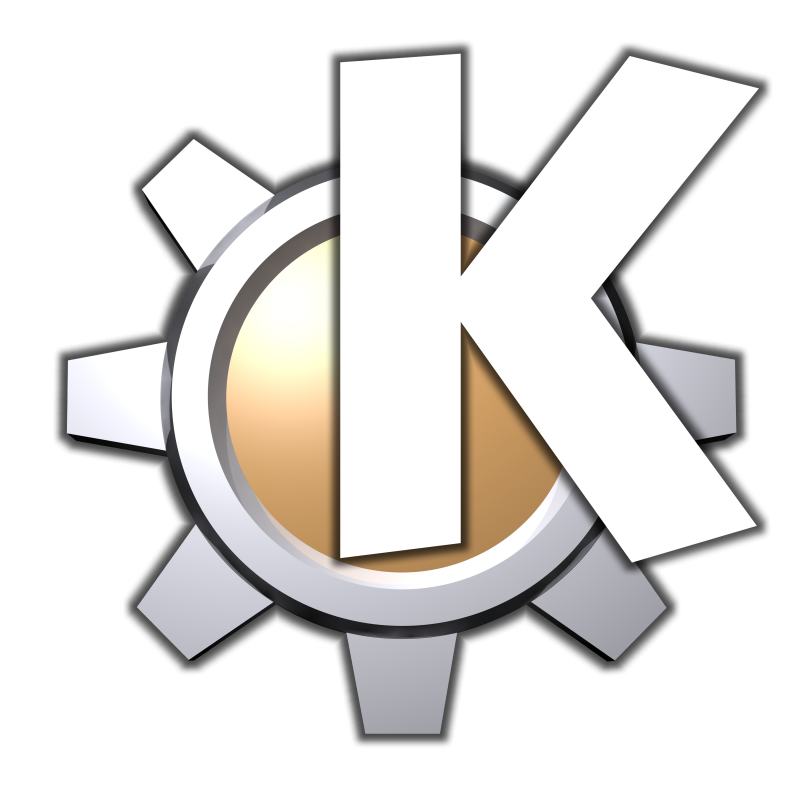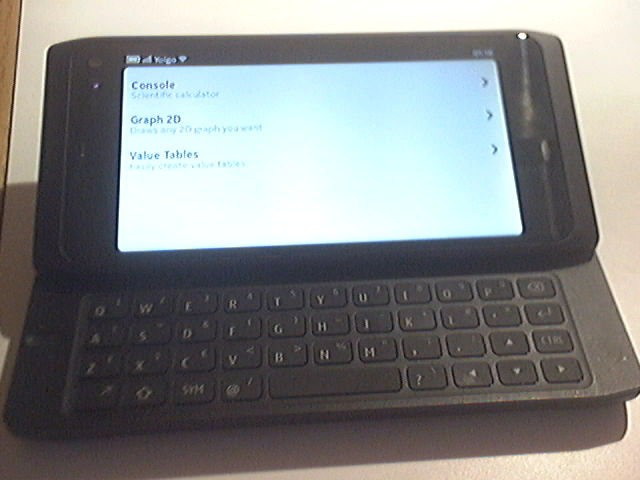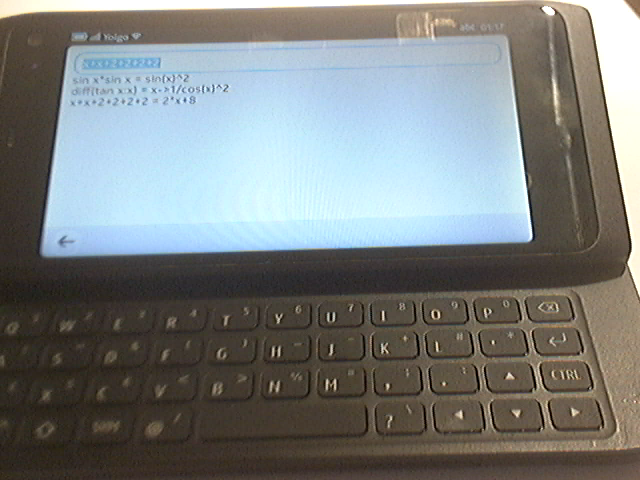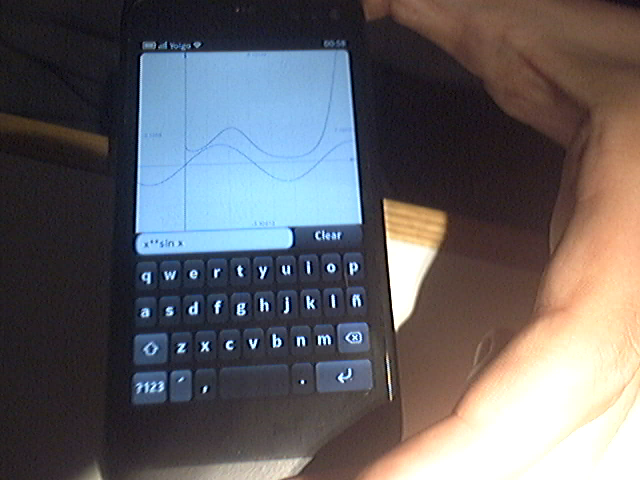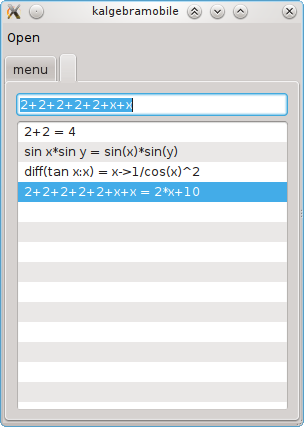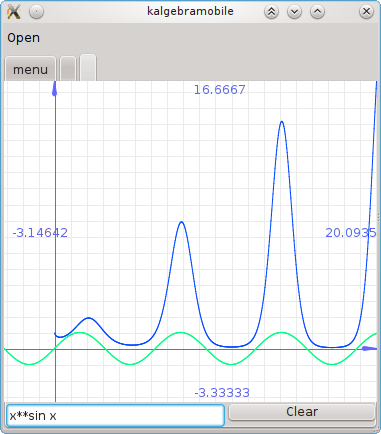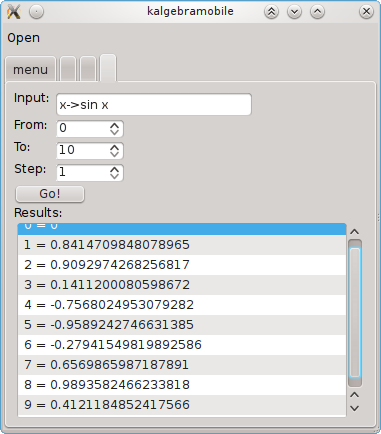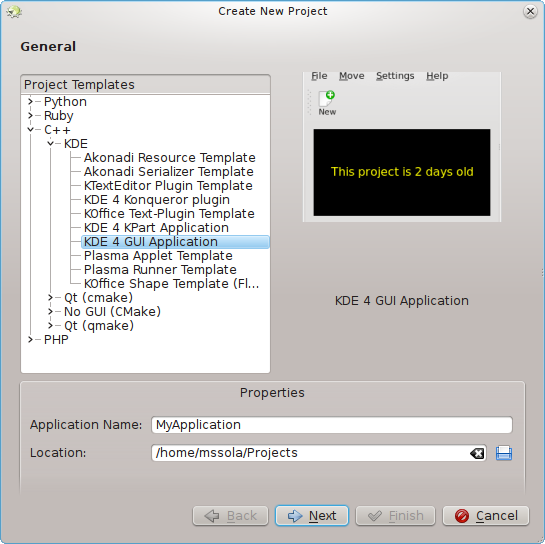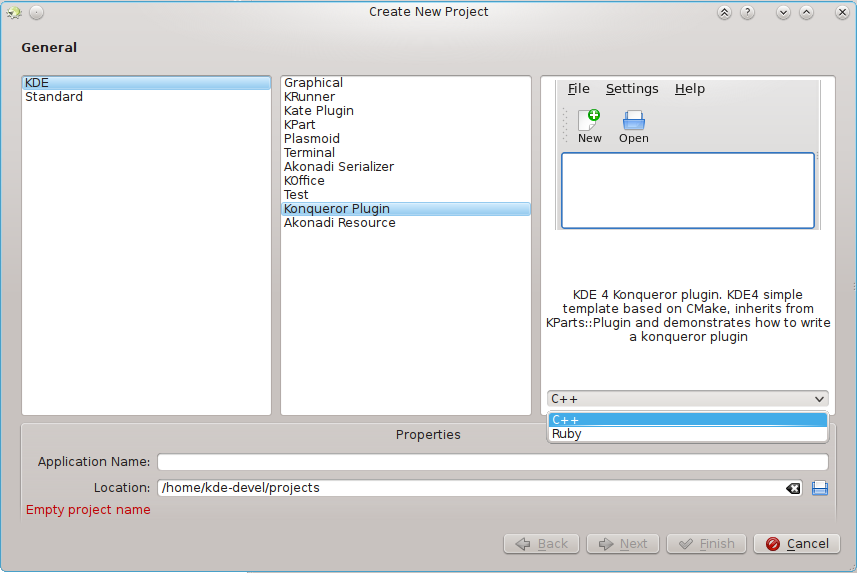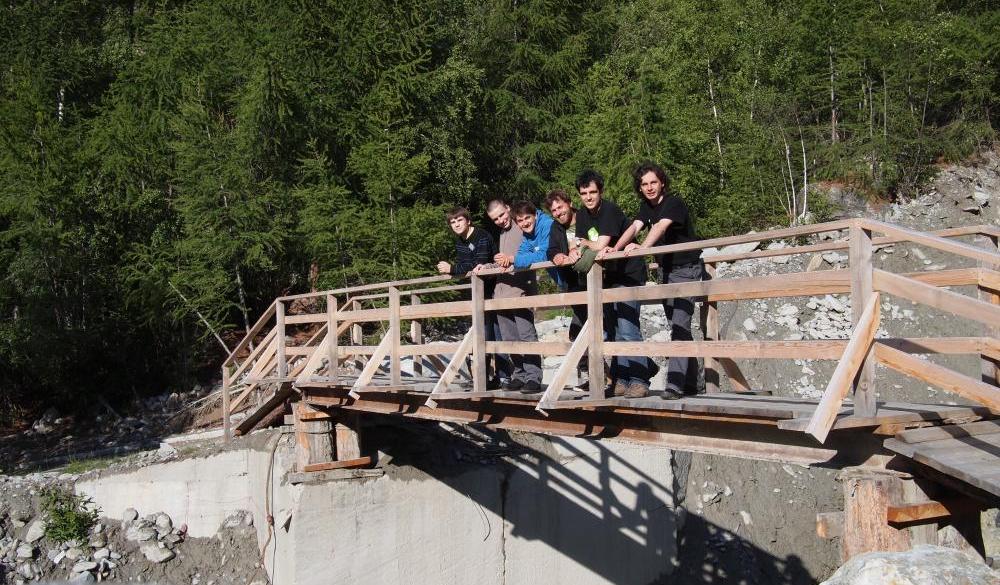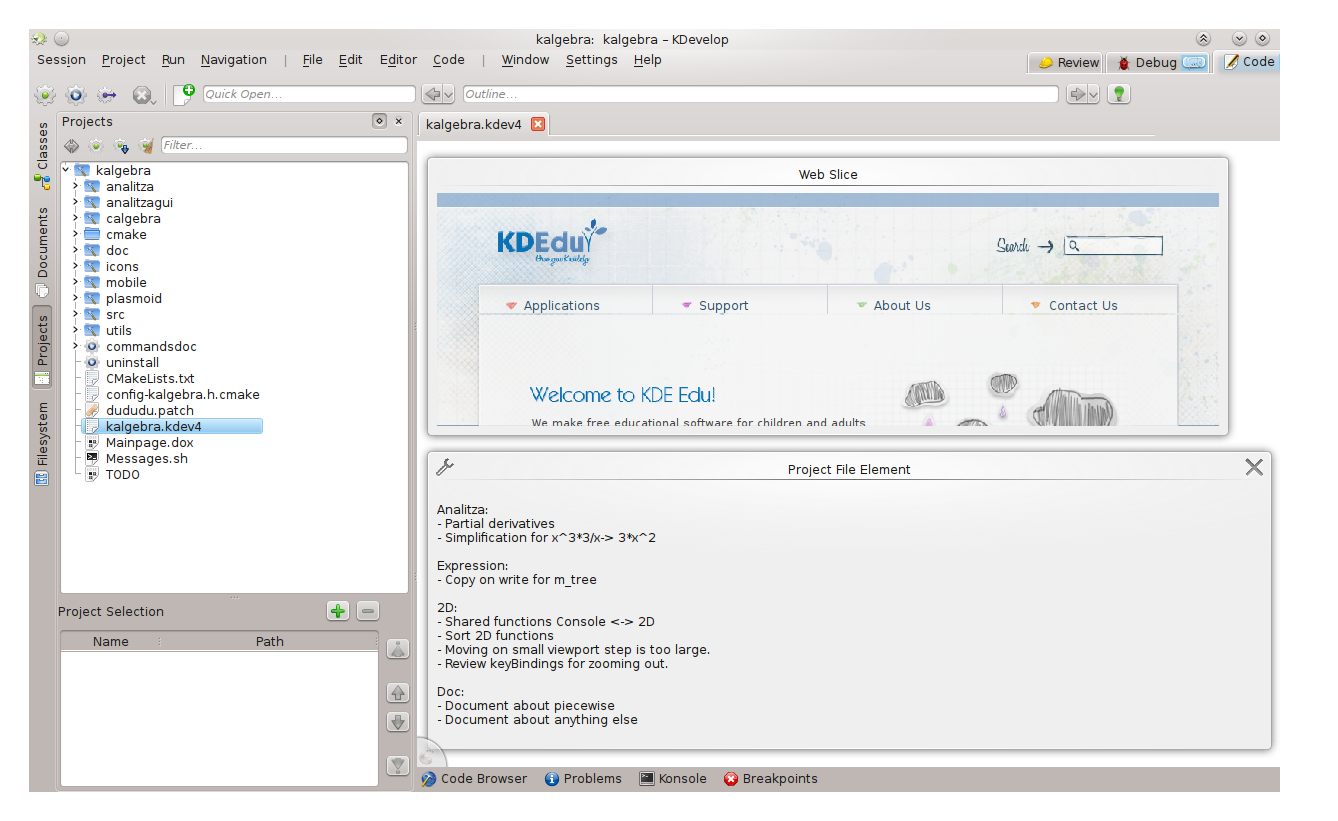Hi!
Some time ago I blogged about a new game for KDE Edu, a memory-enhancing cards game. It was getting dusty in my scratch repository until Marco Calignano had the strength to push some features that it desperately needed and at the same time pushed me into gaining interest in the project again.
A lot has happened since: the name changed to Pairs (can be found in kde:pairs now) and it’s quite awesome already, I’d say. It lets us download themes from the Internet, supports different game types like image->image, image->word and some others, etc.
A couple of weeks ago we discussed about moving it to KDE Edu finally, although we decided not to and port it to QtQuick so that we can make it work in touch screens and we can get to have fancy GUI. In few days we managed to port it to QtQuick (somehow, there are some hacks :D) but now it’s a little ugly. WTH, not a little ugly, very ugly. It makes your eyes hurt and it’s on purpose.
Why would someone make such an ugly beast? Well, because we’re looking forward to find someone who can make it look nice. Now, those of you who have some pride in your artistic skills, please consider it: Could you please dedicate some time in your life to a community of hardcore developers without this sparkle for beauty? We don’t have much to offer other than considering your idea and hopefully it will get to be used by children from all around the world (now that I think of it, maybe it is something!).
What we need is quite simple:
- Check the video, when your eyes hurt just stop it.
- Think of what you think the GUI should look like.
- Here I’d love to say that you should be able to provide a QML file, if you can’t then just a mockup.
- Optionally (and preferably) you can check what it looks like by modifying the qml GUI and compiling the program. Here there are some instructions: http://techbase.kde.org/Getting_Started/Build/KDE_Applications
- Send it to me at aleixpol@kde.org. You can also send me any questions you have, as well as posting them as comments below, so that we can discuss it all together.
Cheers, for beauty! 🙂
PS: And elegance 😉
